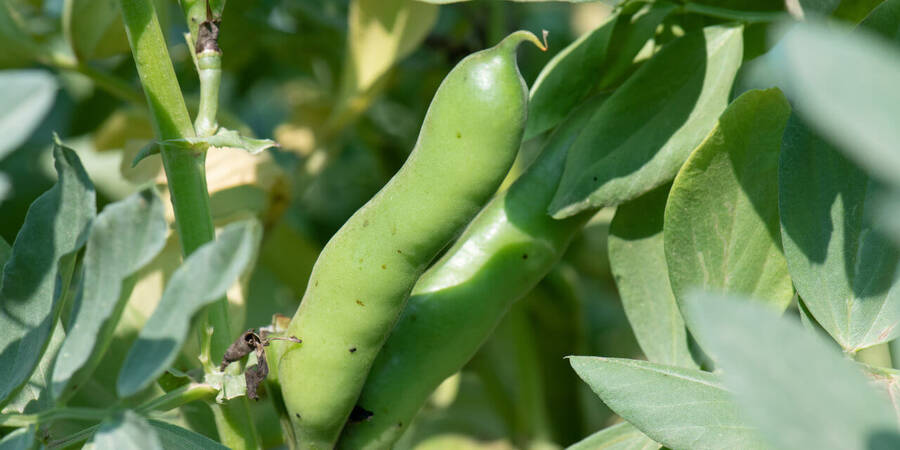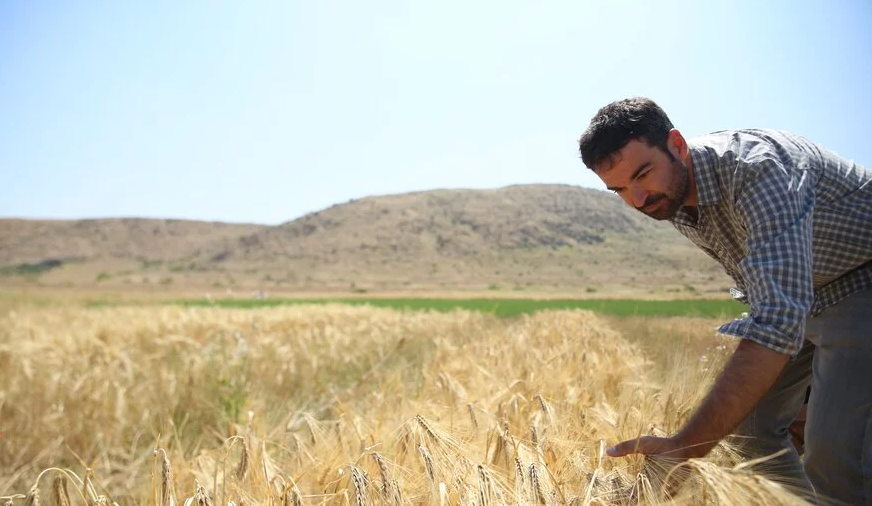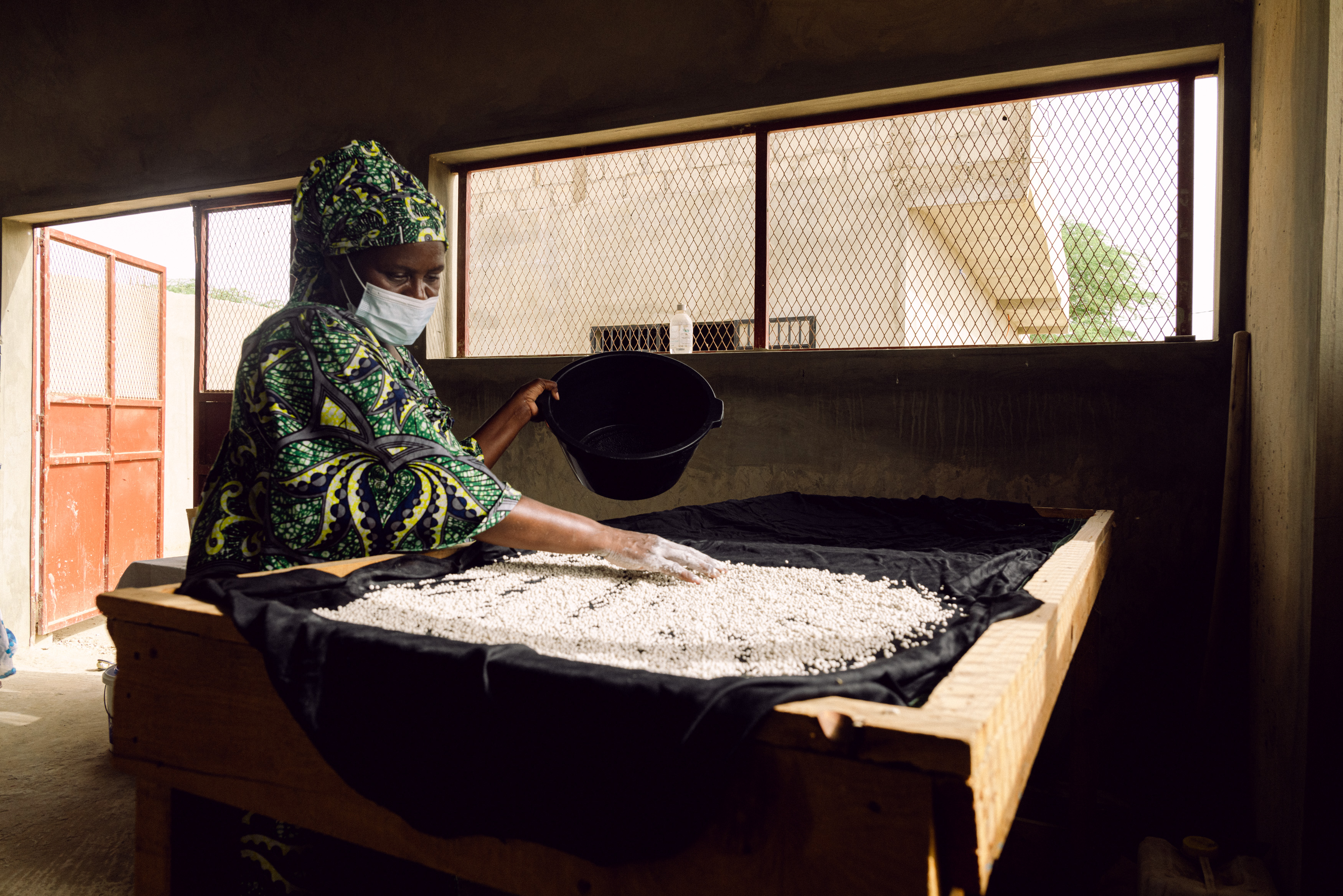SCIENCE + NEGLECTED CROPS = BETTER BIODIVERSITY

Neglected crops can improve soil health, reduce water usage, provide a nutritious food source, and enhance biodiversity. As they are often native to the regions where they are grown, they are naturally adapted to local stresses, making them ideal for sustainable agriculture and use in harsher environments where popular staple crops struggle. But despite their benefits, neglected crops like faba bean, chickpea, lathyrus, and others, are often overlooked in favor of popular, but less sustainable, crops like wheat, rice, and corn.
In recent years, there has been a growing awareness of modern agriculture's often negative impact on our health and environment. Monoculture cropping, inappropriate land use, and the overuse of chemical inputs have led to soil degradation, desertification, and biodiversity loss. At the same time, many staples drive a globally popular diet of ultra-processed and low-nutrient foods. Indigenous crops, such as chickpea, lentil, and faba bean, among other legumes, barley, oats, millets, and others, offer a sustainable and nutritious alternative that improves biodiversity.
Tough Stuff
Often native to their growing region, 'Neglected and underutilized crops (NUC)' are naturally adapted to local stresses. They can thrive with minimal inputs, making them ideal for sustainable agriculture and use in harsher environments where staple crops struggle. NUC, which stem from dry, heat-stressed environments such as in the CWANA, also offer global agriculture a vital research resource for transforming climate-smart food systems. Chickpea, for example, is drought-tolerant and requires less water than other crops, making it well-suited to dry regions - and those affected by climate change.
Neglected crops for a healthy diet
Many NUC are also rich sources of protein, fiber, micronutrients, and bioactive compounds, making them beneficial for healthy diets. A biofortified ICARDA lentil variety released in India is rich in iron and zinc, particularly essential for the health of women and the development of growing children, and its ICARDA-designed short maturity means it can be grown as an extra crop between rice croplands during fallow seasons. Farmers can make more money, and the soil gets more nutrients. Nutritious NUC like vetch and clovers are outstanding for animal feed and can be grown in ever harsher environments. They also help to rehabilitate rangelands that have been overgrazed, poorly irrigated, and whose soils have become infertile.

Science + Neglected Crops = Better Biodiversity
The use of NUC offers another precious commodity – biodiversity. NUC have less impact on the environment, even 'giving back,' so they constitute a vital offering to the global biodiversity pool. Widening their research and use will improve the identification of genetic traits helpful in breeding resistance into future crops under the climate crisis.
Convincing Farmers and Consumers

A lack of investment in their research and development, shortage of seed production, and a dearth of consumer awareness of their nutritional benefits, versus the popularity of global staple crops, means NUC remain overlooked in modern agriculture. This is risky given the inherent genetic weakness of global staples that are vulnerable to pests and diseases and require copious chemical inputs, leading to soil degradation and increasing chemical use. Ironically, numerous overlooked crops originate from regions that have succumbed to dominant mono-cropping practices, yet the knowledge about these crops has become extinct.
Another challenge for NUC is a lack of infrastructure for their production and distribution. Smallholder farmers often grow NUC in rural areas, where access to markets and transportation is limited. Without the necessary infrastructure, it can be difficult for farmers to sell their produce and earn a living.
Armed with game-changing, research-backed innovations, our work on NUC is part of our unwavering commitment to more resilient, nutritious, and environmentally friendly agricultural systems. But there is a need for greater awareness among funders, consumers, and producers about their benefits to increase demand for these crops. We can deliver sustainable food production and biodiversity conservation if we address these challenges together.



